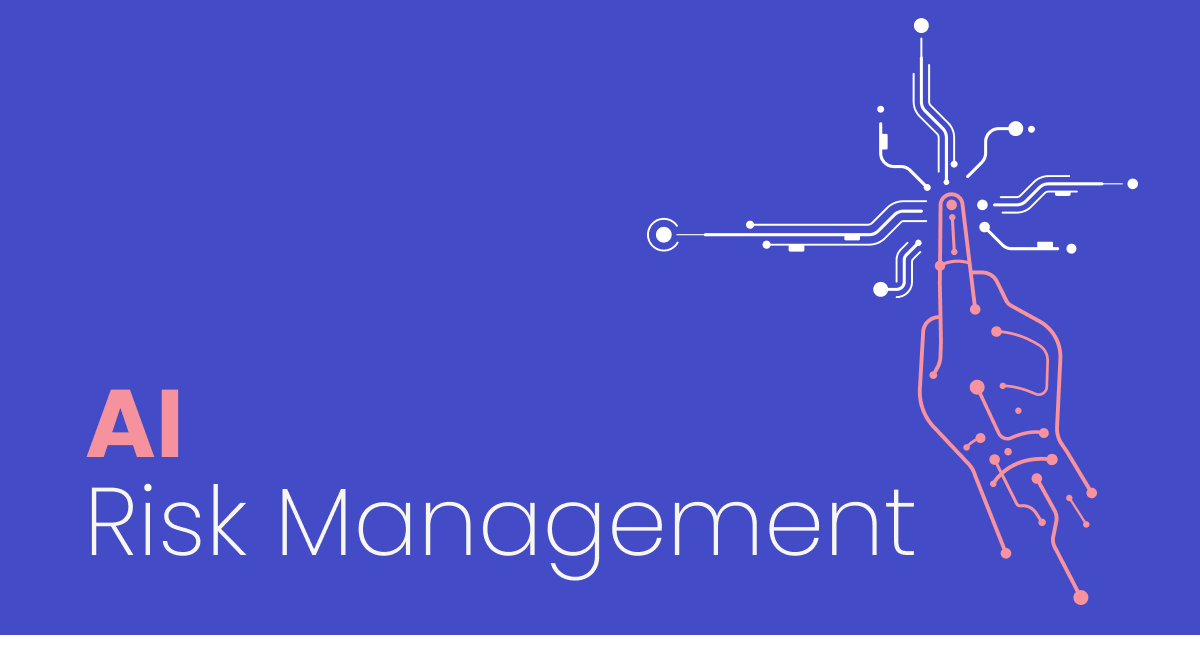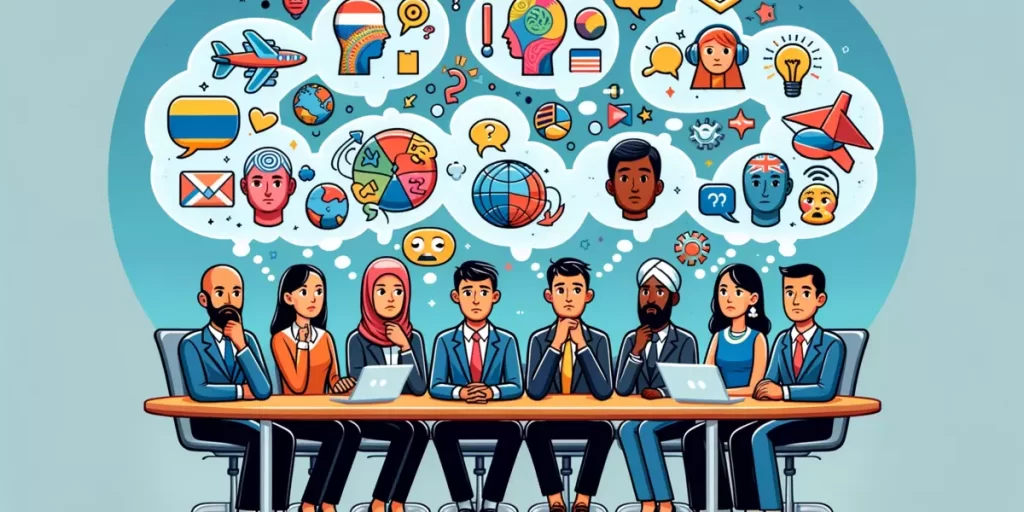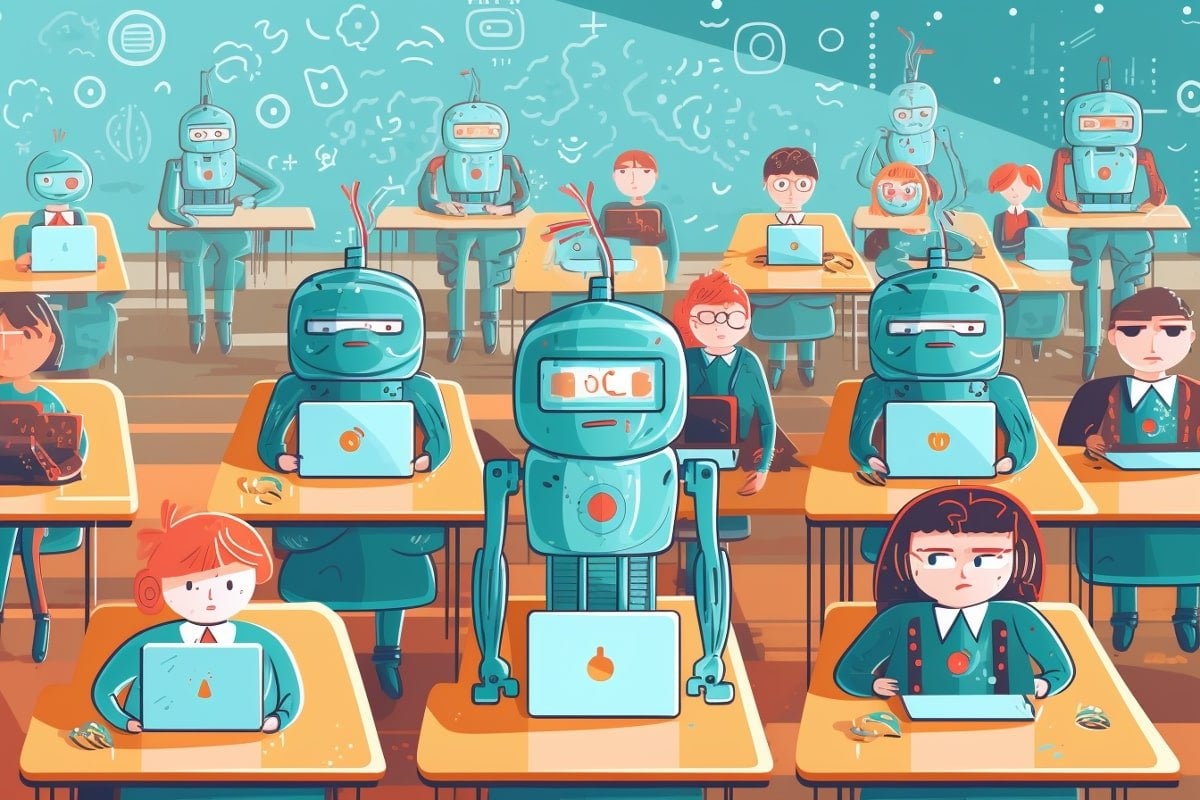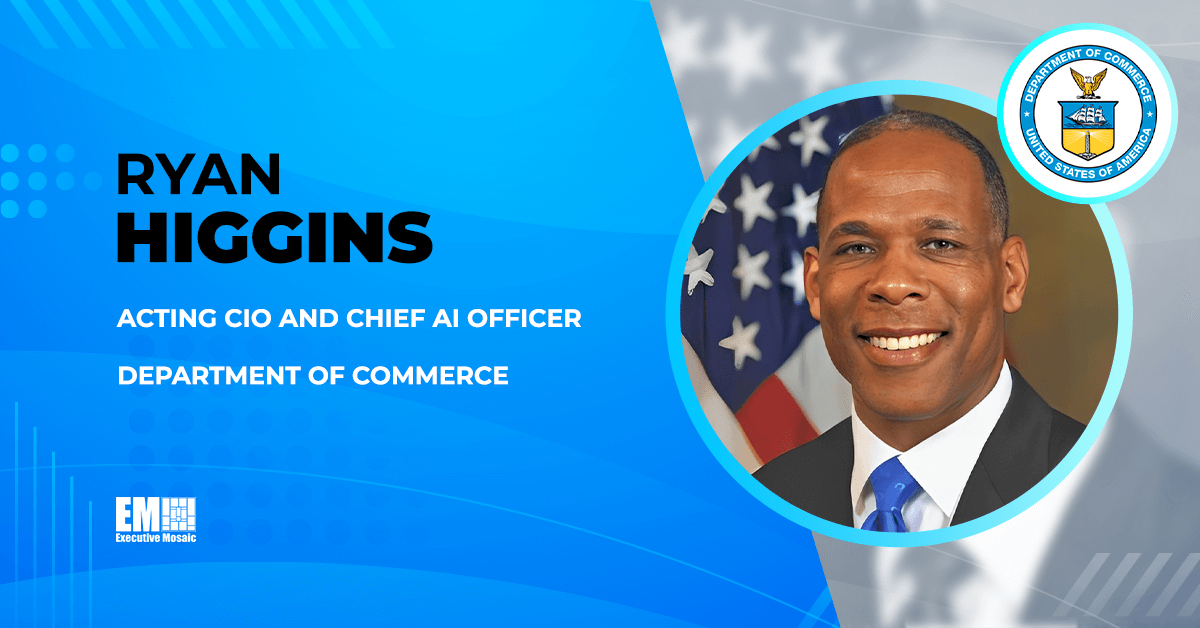Daily Stream
Meta's New LLM MEGALODON Has Unlimited Context Length
As our digital economy’s reliance on long sequences grows, so too does the need for efficient, contextually unbounded neural architectures. Meta introduces MEGALODON (paper and code), an innovative solution to the challenges Transformers and Llama 2 face in handling such extended sequences, with quadratic computational complexity and limited inductive bias for length generalization being major concerns. MEGALODON holds great promise in revolutionizing sequence modeling.
Vector Databases and Knowledge Graphs in RAG
Businesses and organizations face an overwhelming deluge of information. With the recent emergence of Retrieval-Augmented Generation (RAG), artificial intelligence (AI) is now transforming how we engage with and derive meaning from this mountain of data. This article serves to highlight the indispensable roles of vector databases (vector DBs) and knowledge graphs in the success of RAG applications.
Apple Enables Web Distribution for iOS Apps in the EU
The European Union’s Digital Markets Act (DMA) has forced Apple to usher in a new era for iOS app distribution within its borders. The implications of these regulatory changes extend beyond the Cupertino-based tech giant and its developer community, shaping the future of the mobile application landscape. I will delve deeper into this transformative shift, addressing the question: What new regulations have compelled Apple to enable web distribution for iOS apps in the EU?
Artificial Intelligence and the Threat to Nuclear Deterrence
The cornerstone of nuclear deterrence relies on the mutual fear of devastation. Both sides in a nuclear conflict understand the use of nuclear weapons would result in unimaginable destruction, making an all-out war an unattractive option. However, AI systems with advanced capabilities in data analysis and decision-making could disrupt this balance of power. An adversary might be convinced that an AI system could outmaneuver their defense systems or launch a disarming first strike, leading to a destabilizing arms race or a lower threshold for nuclear use.
AI-Generated Explicit Imagery on Social Media Platforms
As social media platforms evolve and expand, they face increasing challenges in detecting and removing explicit imagery, particularly those generated using artificial intelligence (AI). The authenticity of AI-generated explicit imagery and the vast volume of content being generated daily pose significant hurdles for automated systems and human moderators alike.
What Risks Should AI Governance Aim To Mitigate?
Artificial Intelligence (AI) holds immense promise for improving our lives and driving innovation across various industries. However, as we continue to develop and deploy advanced AI systems, it is crucial to acknowledge and address the potential risks that come with this technology. In this article, I will explore the specific risks that AI governance aims to mitigate and the importance of effective AI governance in promoting the responsible development and deployment of AI.
Overcoming Organizational Challenges to Implementing AI
Artificial intelligence promises to revolutionize businesses. However, despite its potential benefits, many organizations are struggling to fully capitalize on AI. In this article, we discuss the reasons behind this slow progress and propose solutions for leaders to overcome organizational challenges and effectively implement AI.
Centralized, Distributed, and Hybrid Analytics Teams
The role of data and analytics teams has evolved significantly from mere number crunchers to strategic business partners. Structuring a data and analytics team to meet the organization’s needs is a crucial decision that can significantly impact an organization’s ability to extract value from its data. This article will discuss the pros and cons of three popular approaches to data and analytics team structures: centralized, distributed, and hybrid.
Governance Matters: Some Thoughts on the OpenAI Drama
For years, I’ve witnessed the increasing popularity of mission-driven corporations, which seek to create positive social impact while generating profits. The allure of these organizations is undeniable - they attract top talent, passionate investors, and partnerships by appealing to the desire to contribute to a noble cause. However, achieving a successful balance between a company’s social mission and financial objectives calls for thoughtful corporate governance design.
The Promise and Perils of AI in Higher Education
Artificial Intelligence (AI) is making waves in higher education, offering benefits such as personalized learning, increased efficiency, and superior student support. However, the technology’s implementation is not without risks and challenges. In this article, I would like to explore potential downsides and propose strategies for ethical and transparent AI integration.
The Epistemic Risks of Scientific Monocultures
The arrival of artificial intelligence (AI) in research has sparked a flurry of excitement within the scientific community. AI’s capacity to process vast amounts of data and analyze patterns at record speed promises a revolution in scientific discovery. However, it is vital to understand the potential risks that come with this technological advance. In this essay, I will explore the epistemic risks of scientific monocultures that may emerge from an over-reliance on AI tools, based an article recently published on Nature.
Chatbots in Examinations: Cheating or Aid?
As a student and learner in today’s technological age, I’ve come to appreciate the invaluable support that artificial intelligence (AI) tools like chatbots provide in my education. They aid in improving academic writing, language skills, and overall efficiency, making learning a more enjoyable and accessible experience. However, the topic of using these chatbots during examinations has ignited a contentious debate on academic integrity and fairness – is it cheating or a legitimate aid?
Artificial Intelligence Cheating in Education
The essence of higher education has long been a source of intrigue for me. The core objective, as I believe, is to nurture students’ capabilities to learn how to learn. By fostering critical thinking, understanding evidence, and independent problem-solving, we empower individuals to contribute meaningfully to society. However, the rapid advancement of artificial intelligence (AI) in education poses a threat to this vision.
What Is Chief Artificial Intelligence Officer About?
As a practitioner in the field of artificial intelligence (AI) and business innovation, I have witnessed firsthand the transformative impact of AI on organizations across industries. In this article, I will shed light on a burgeoning role that is becoming increasingly essential for companies looking to harness the full potential of AI: the Chief Artificial Intelligence Officer (CAIO).
Is 'First AI Software Engineer' A Lie?
I am always intrigued by the latest advancements and applications in the AI field. The recent unveiling of Cognition’s claimed world-first AI software engineer, Devin, provoked both fascination and skepticism in equal measure. The AI agent, marketed as having passed practical engineering interviews with leading AI companies and completed real jobs on Upwork, has raised legitimate questions about its authentic capabilities as a software engineer.
How Will Vana Plan to Compensate Data Owners?
Artificial Intelligence (AI) has become an indispensable force in industries and day-to-day life, but at what cost to individual data privacy and ownership? The relentless pursuit of AI advancements by big tech firms and startups often leaves creators and data owners undercompensated, as their data is used to fuel model training without their consent or control.
Adoption of Generative AI in Large Organizations
In enterprise environments, I have encountered firsthand the numerous challenges large organizations face when implementing advanced technologies, such as generative AI. Although generative AI promises significant advantages, including enhanced productivity, streamlined workflows, and increased efficiency, its integration into large organizations can be a multifaceted endeavor. In this article, I will discuss the challenges of implementing generative AI in large organizations and why some vendors, such as Google, may underestimate these challenges. If you are interested in even more thoroug...
Ukraine's Centre of Operations for Threats Assessment
The ongoing conflict between Ukraine and Russia presents significant challenges for strategic decision-making. In the face of Russia’s military superiority, Ukraine has turned to artificial intelligence (AI) to gain a competitive edge. One of the most significant developments in this regard is the Centre of Operations for Threats Assessment (COTA), a strategically minded model built and run by the National Security and Defence Council (nsdc) of Ukraine, according to an article on The Economist.
How Will Arize Debug LLM's Hallucination?
Artificial Intelligence (AI) has become a cornerstone of business innovation, enabling organizations to optimize operations, enhance customer experiences and gain a competitive edge. However, the expanding use of Large Language Models (LLMs), comes with its own set of complexities, particularly when it comes to maintaining accurate and reliable performance. In this article, we explore how Arize’s new product addresses the challenge of identifying when prompt data causes LLMs to deviate or produce inaccurate output.
Energy Quagmire of Generative AI: Impact and Solutions
As Generative Artificial Intelligence (GenAI) continues to make waves in industries, from health care to entertainment, the energy demands that come with this transformative technology are placing new burdens on an already strained global energy system. In this article, we delve into the implications of GenAI on energy demand and examine the current energy consumption levels of AI server racks, providing context for understanding these challenges and the potential solutions necessary for ensuring a sustainable energy future.




















